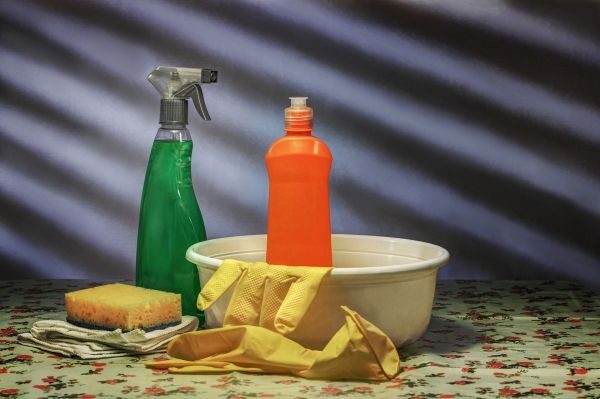The holidays are upon us, and as families visit Grandma and Grandpa’s and other homes that may not be used to having little ones underfoot, it’s an important reminder to safely store dangerous products. Household cleaning products represent a major source of exposures reported to U.S. poison control centers, and they commonly involve the eyes, especially among children.
A new study conducted by the Center for Injury Research and Policy and the Central Ohio Poison Center at Nationwide Children’s Hospital analyzed data regarding eye exposures associated with household cleaning products from 2000 through 2016 and found a decrease in the number of exposures during this period. However, the number of these exposures among young children remains high.
The study, published today in Eye, found that U.S. poison control centers received 319,508 calls for household cleaning product-related eye exposures during the study period, averaging 18,795 exposures annually or about two every hour. Approximately a quarter of eye exposures were associated with bleaches (26%), followed by wall/floor/tile cleaners (13%), disinfectants (11%), laundry detergents (6%) and glass cleaners (5%). The product subcategories associated with the greatest proportion of major medical outcomes were drain cleaners, oven cleaners and automatic dishwasher detergents.
The Poison Prevention Packaging Act of 1970, which requires child-resistant packaging for a variety of household substances, has played an important role in the decline of pediatric poisoning. “Despite these efforts, young children continue to be the age group with the highest rate of eye exposure to household cleaning substances,” said Henry Spiller, MS, D.ABAT, co-author of the study and director of the Central Ohio Poison Center at Nationwide Children’s.
Read more at Nationwide Children's Hospital
Photo credit: Michael-T via Pixabay


